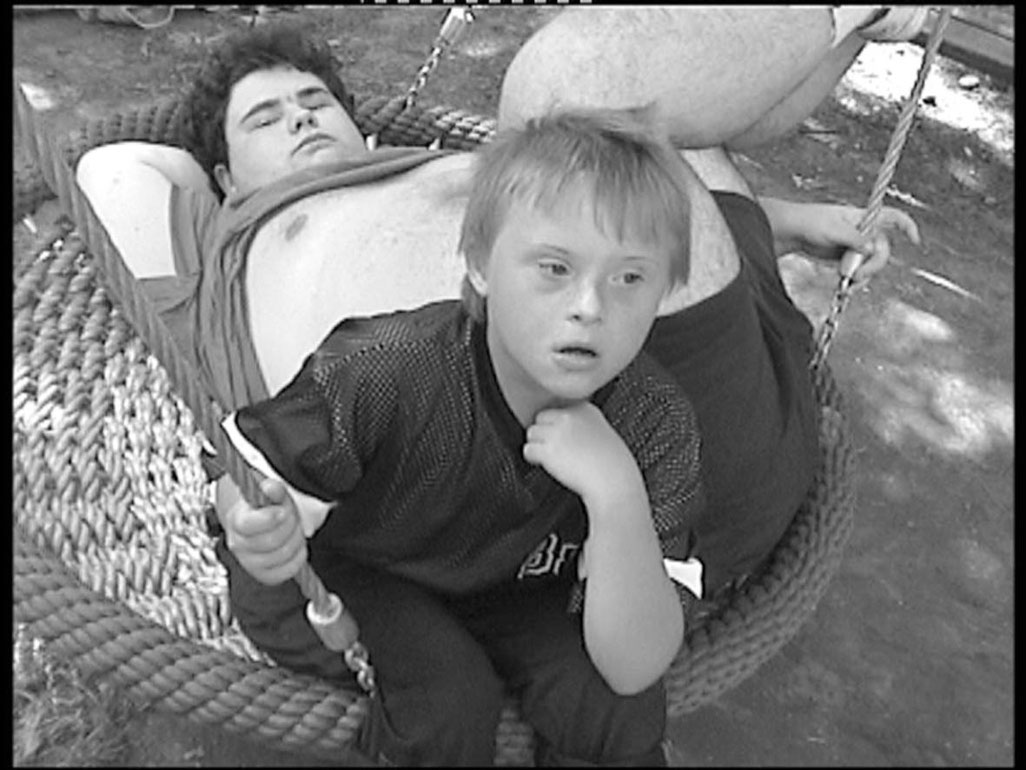Sonnenland
Summer on Schafberg mountain near Vienna. Sunshine and children playing outdoors. Handicapped children. Sonnenland, which was made in the summer of 1998 during my ten month I worked with the Kinderfreunden (Friends of the Children), is more properly a film made with them rather than a film about them. What becomes tangible in the course of my (the camera´s) contact with the children is a feeling of distance and intimacy, mistrust and curiosity and joy in equal portions. The subject of "handicaps" is taken beyond the usual attempts to arouse pity, and the question of their depiction (which has been instrumentalized by society) is dealt with. Rather than pretty pictures, Sonnenland shows unusual images. Images depicting moments on a summer afternoon, brief moments in the lives of children. (Paul Divjak) Paul Divjak´s Sonnenland is a garden of encounters. Each shot documents a posture assumed by a handicapped child when confronted by the camera. The camera is an unobtrusive intruder which follows the figures and defines a space. On the other hand, the children themselves make the final decisions concerning distance: They approach the camera, examine it, wink at it, talk to it, and sometimes even reach out to it. The spatial relationship provides evidence for a social relationship; the looks create a space in which communication is possible. The camera´s eye invites the viewer to participate in a dialog (Divjak himself appears in one shot) and puts on a little show at the same time: Each child poses and moves in a different way while trying out various modes of expression. Thanks to the intimacy of these encounters and the resulting dialog, the children´s difference is never reduced to mere depiction, as it is much more an active component of the dialog: The first thing is to imagine use your imagination, not in a rush, but on a summer afternoon while sitting in the shade. (Dominik Kamalzadeh)
Sonnenland
1999
Austria
16 min

